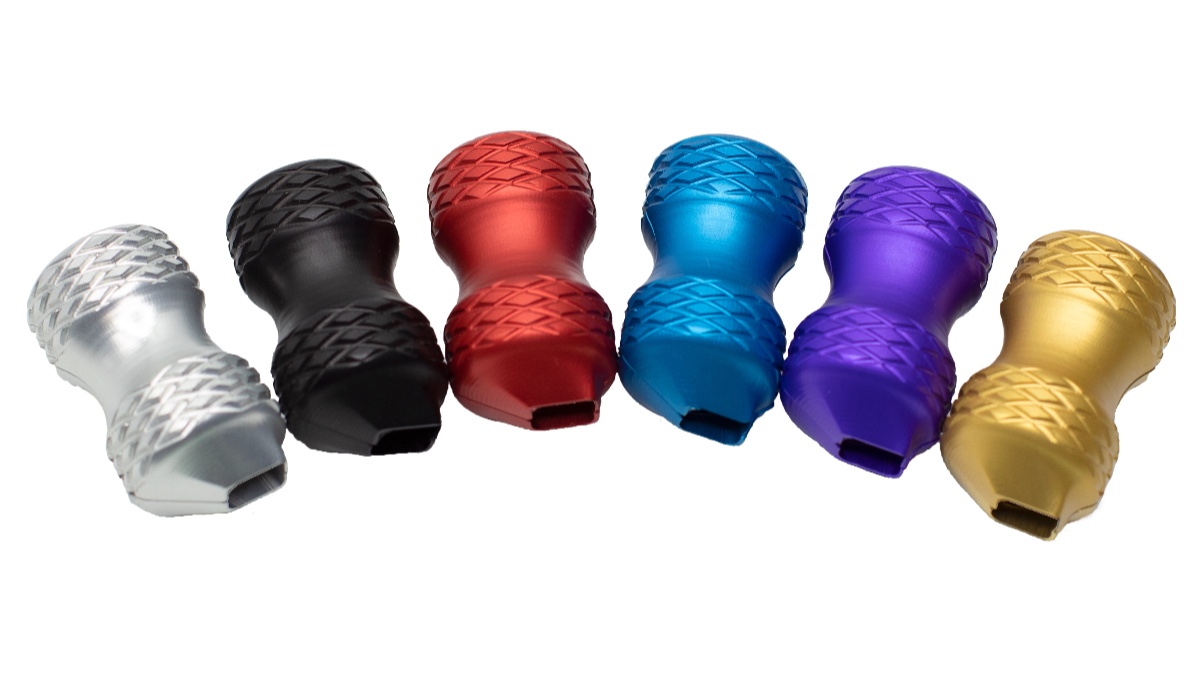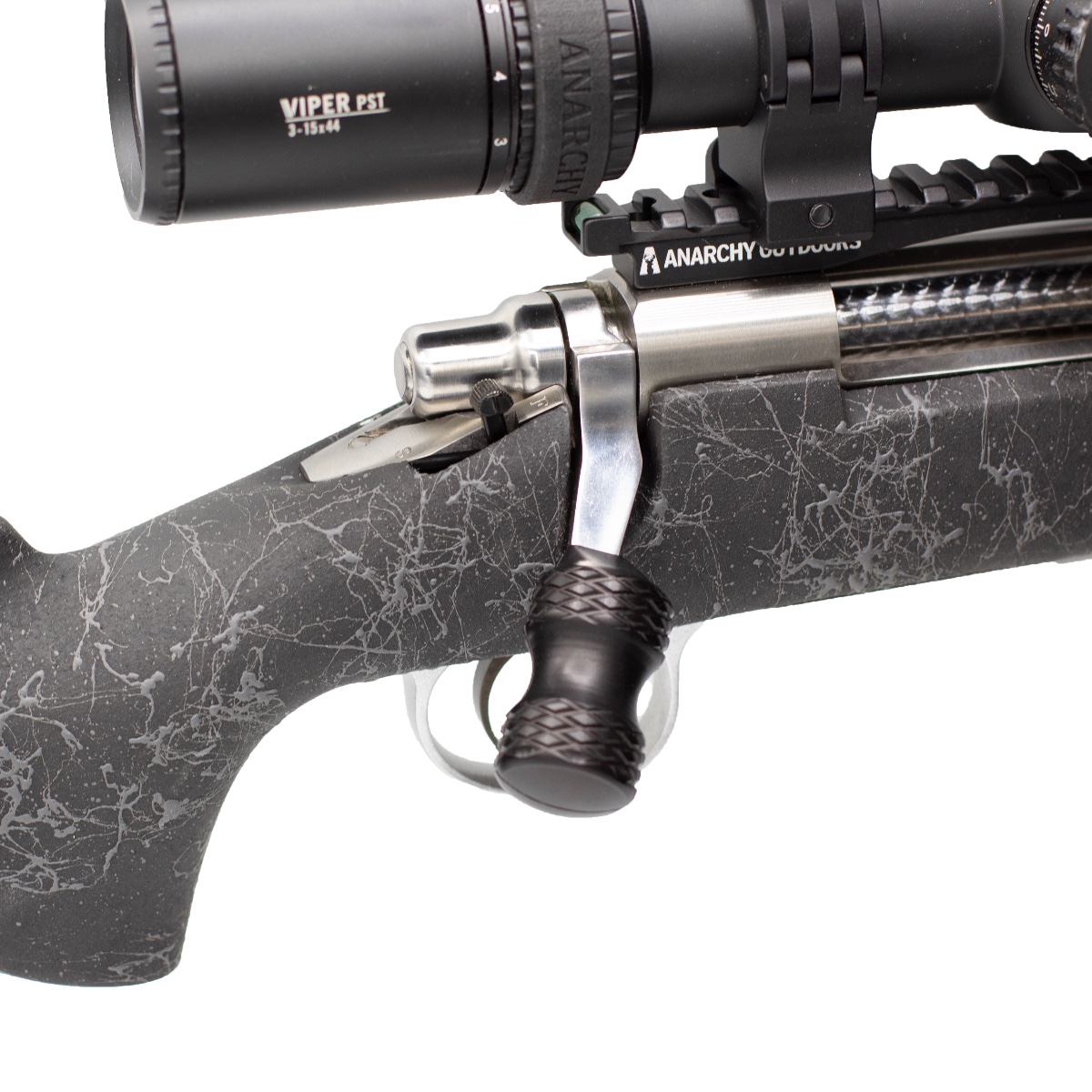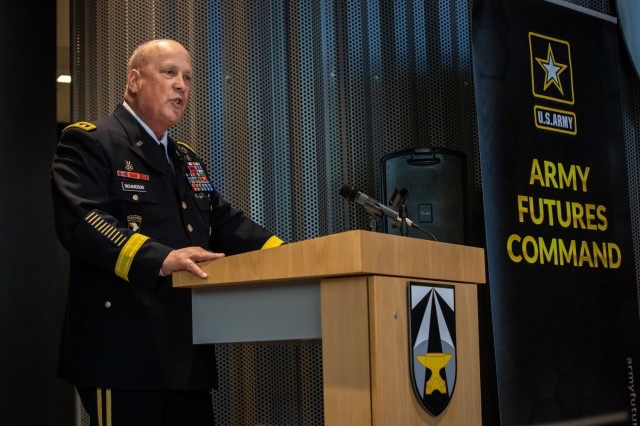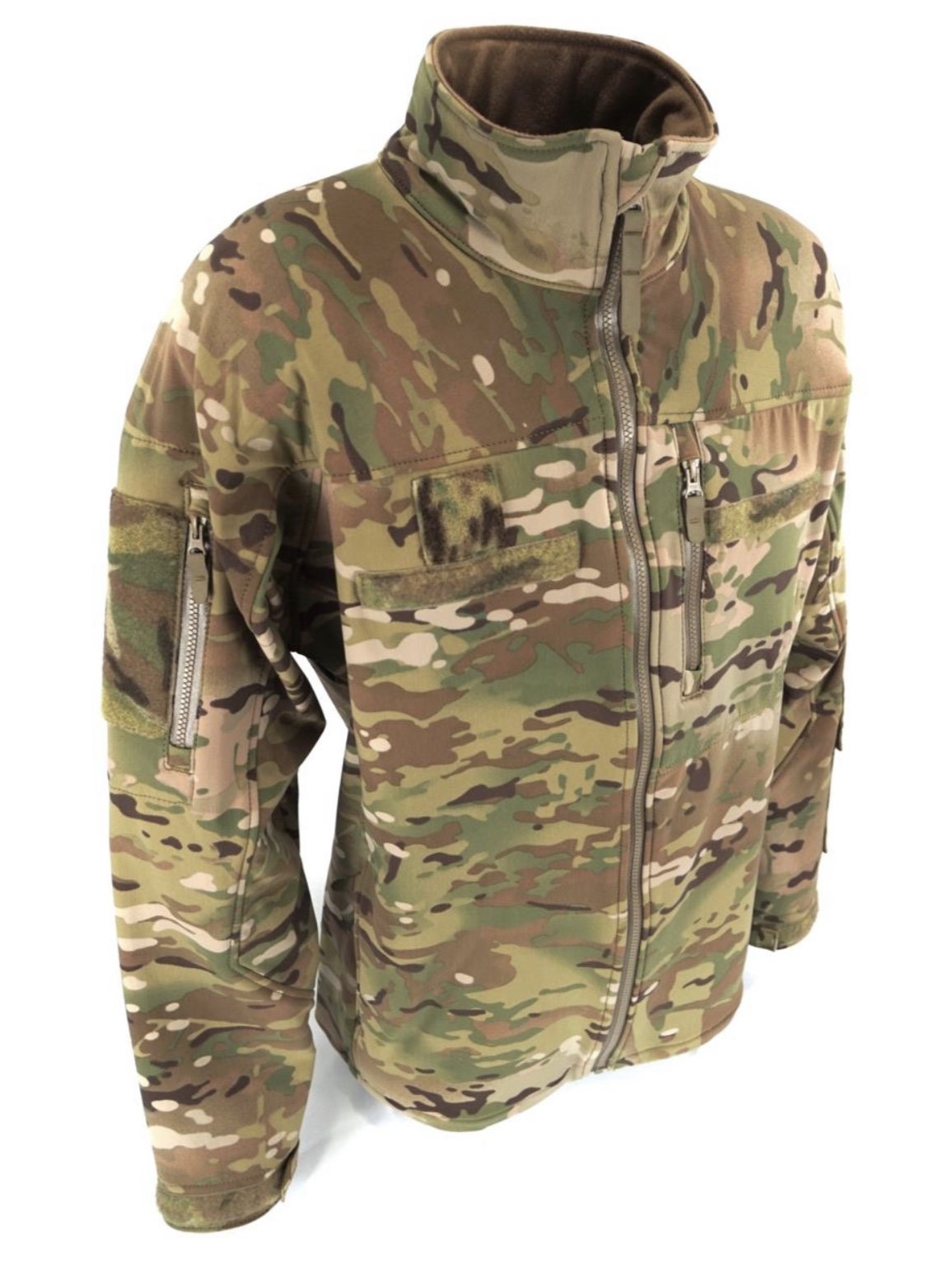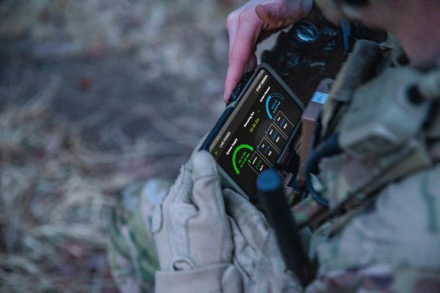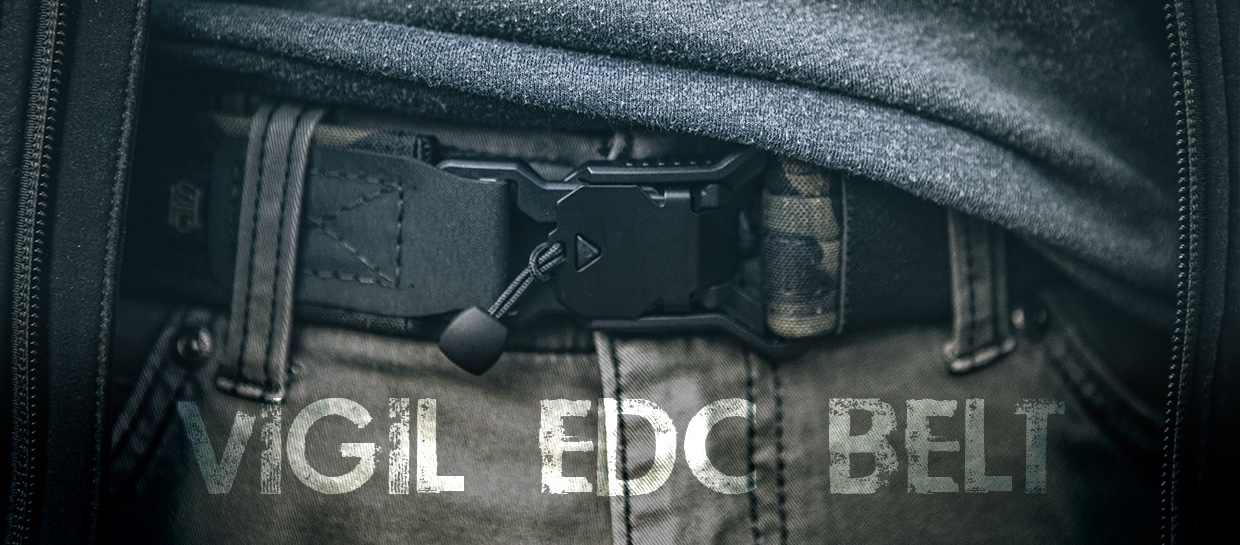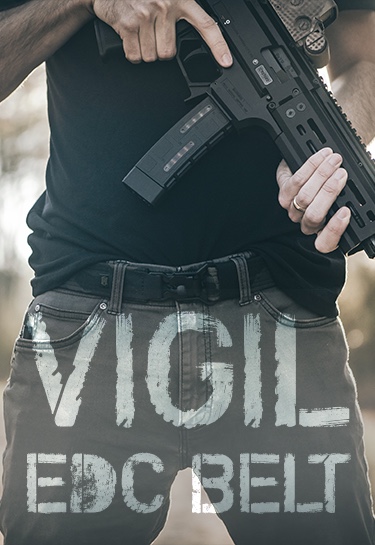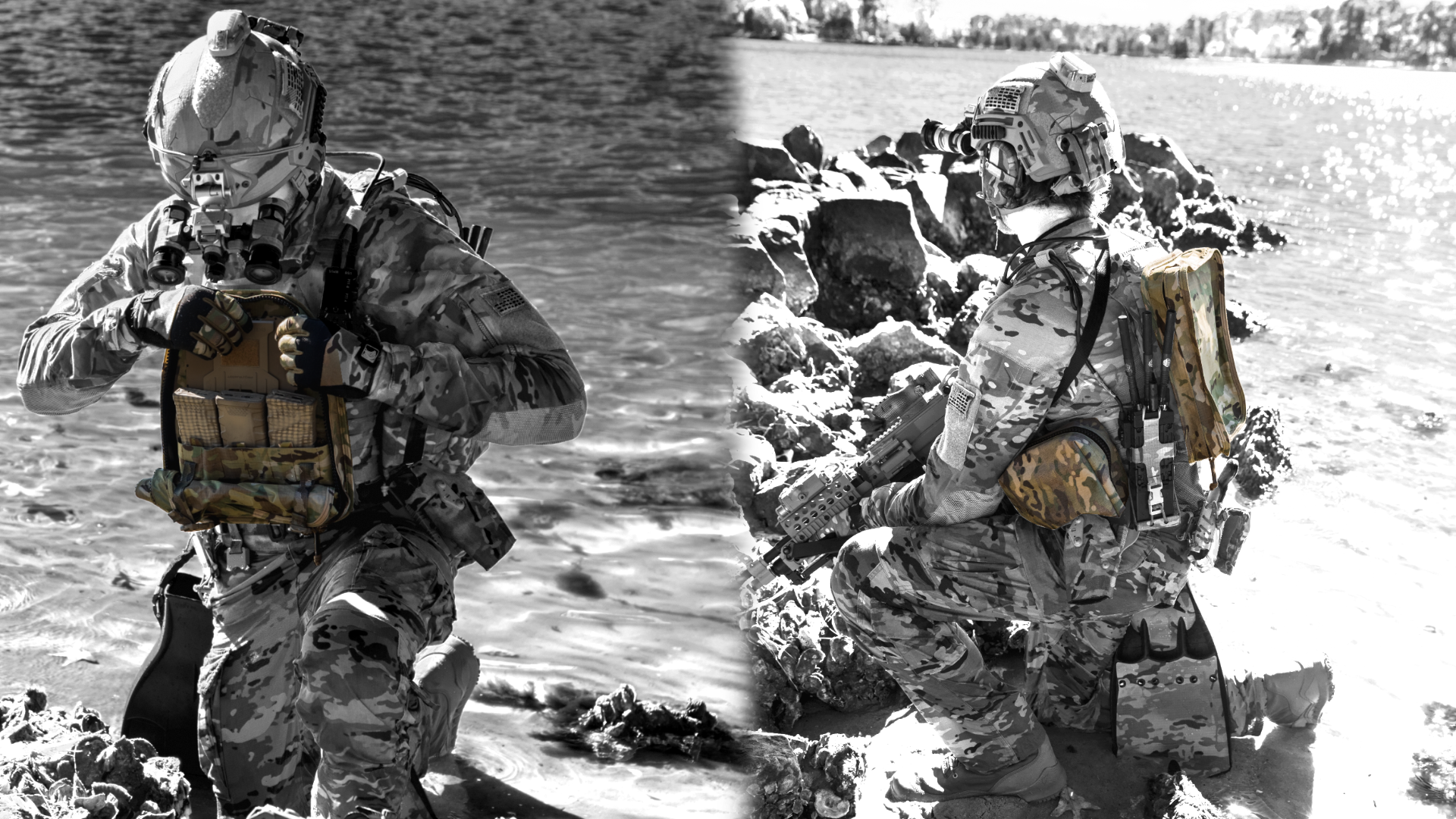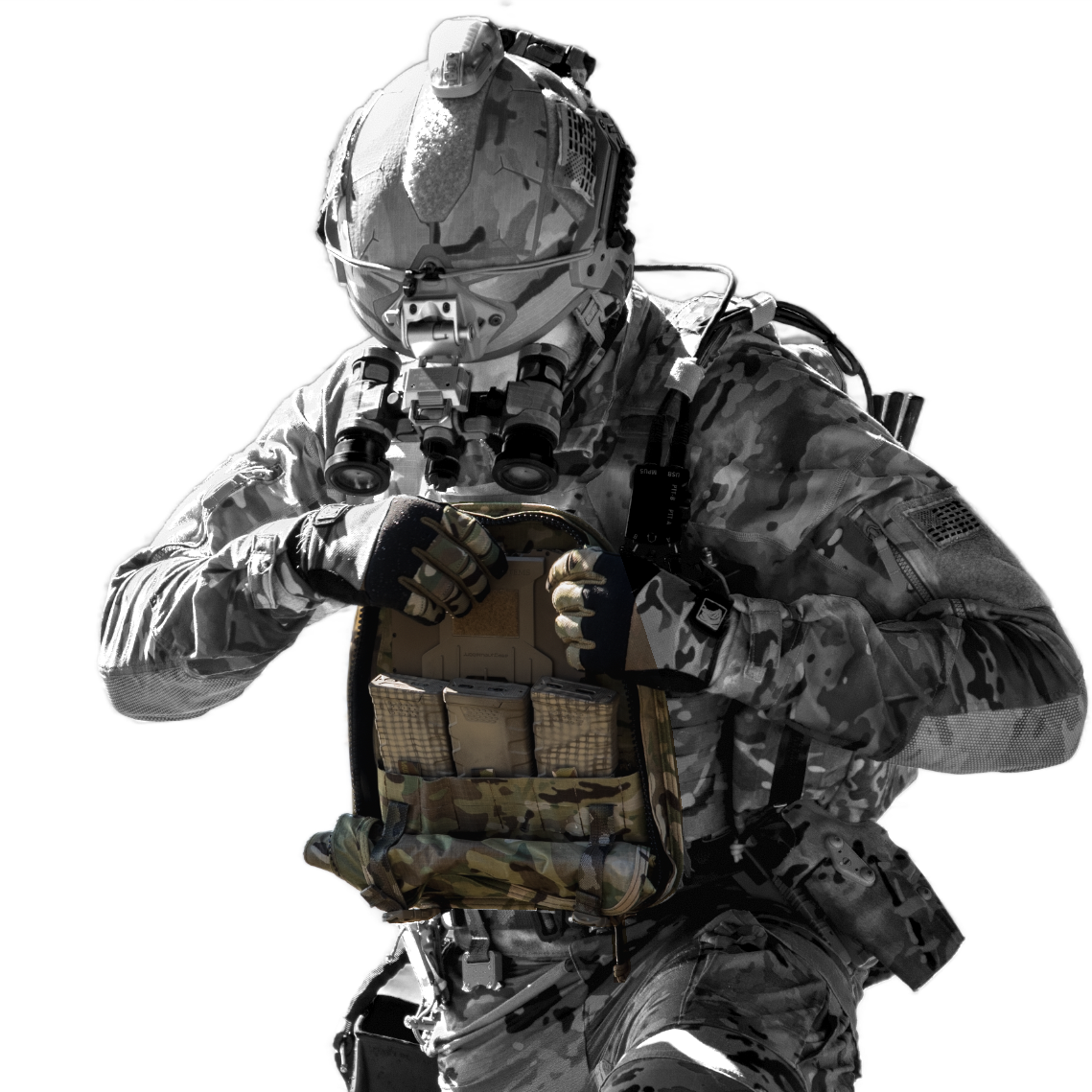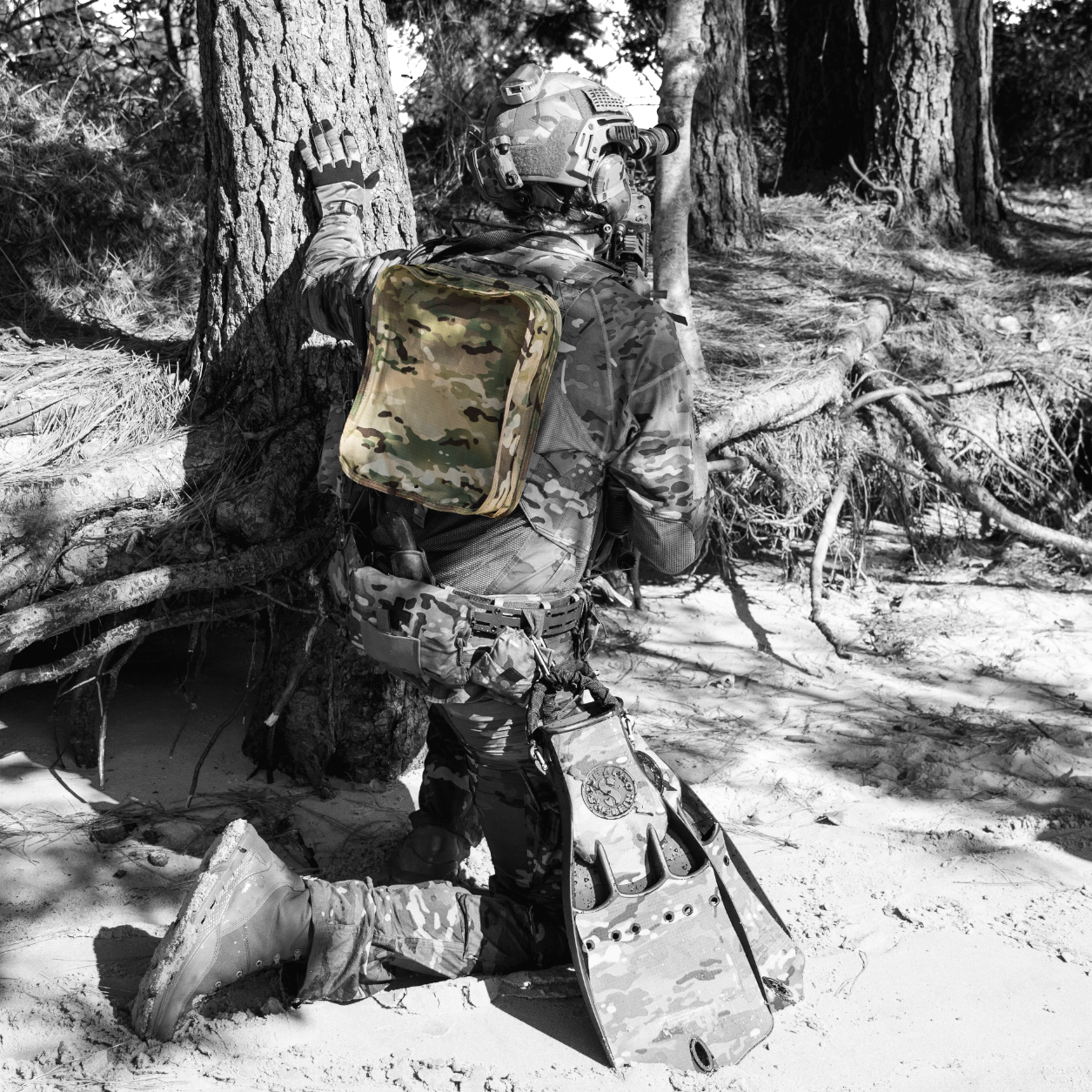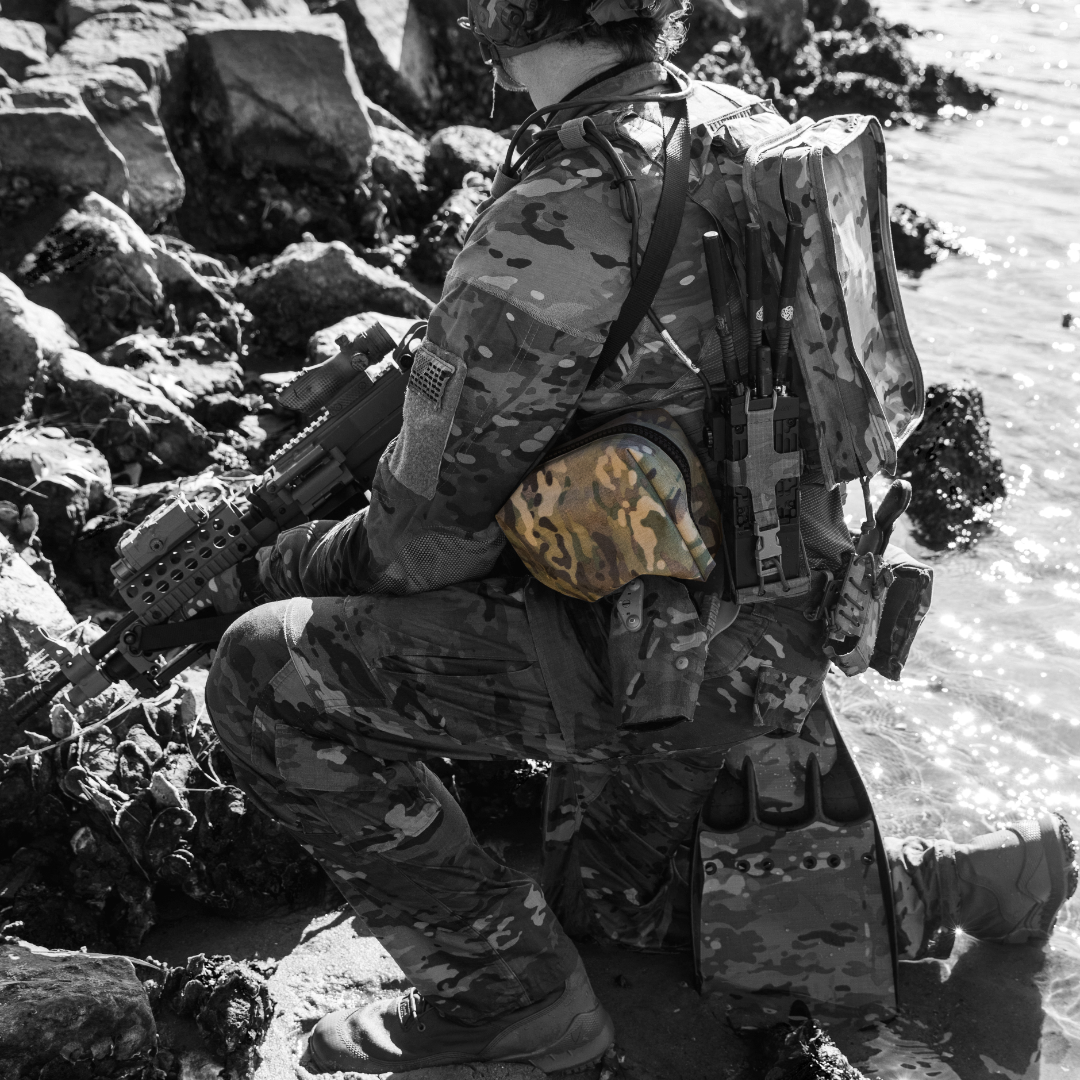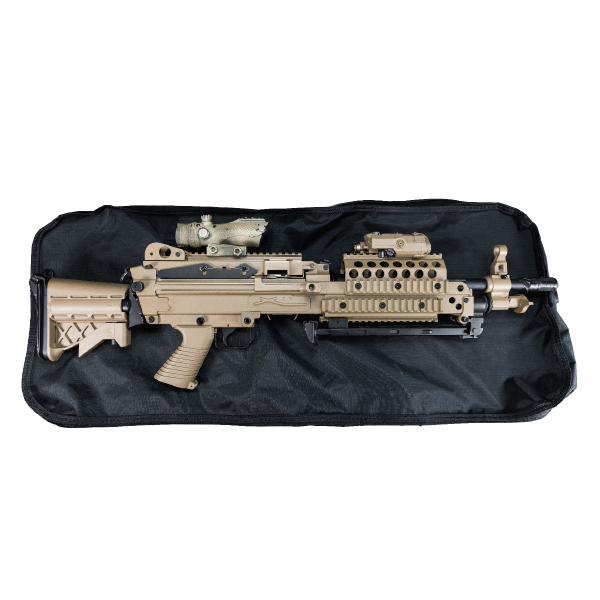CHICAGO, IL – May 9, 2022 – Marshall Publishing & Promotions, Inc., in conjunction with Keeney & Company, today announced the release of the internationally popular aviation military video series, The Challenge of Flight, to major streaming channels. Originally aired on The Military Channel, The Challenge of Flight was created by pilots for pilots, military aviation enthusiasts and those interested in the history of flight.
The incredible Challenge of Flight video collection explores the many challenges faced by pilots in the air, including explosive mishaps and miraculous tales of survival. The series gives viewers an up-close and unedited look at some truly awe-inspiring moments in military aviation history as told by the pilots who experienced it all.
Producer Doug Keeney, a fighter pilot himself and author, said, “The series is a heroic piece of story-telling, a story of great personal triumph. Aviation history is marked not by nuts and bolts but by moments that gave and took lives away. It is the story of flight seen through the eyes of the military pilots who lived through it.”
The Challenge of Flight takes audiences into the cockpit to experience once-in-a-lifetime landings, life or death struggles for control off the carrier deck, horrifying ramp strikes, locked controls, burning tires, flat spins, near misses, close calls and mishaps.
Distributor Tom Edinger said, “These are the stories that pilots have talked about for years among themselves and are now revealed to us in an up-close and personal style.”
Incredible stories of survival and courage emerge from the world of military aviation every day. For those who dedicate their lives to protecting our freedom, the risks are high, but the rewards are great. From bone-jarring crashes to fiery landings, these brave men and women face challenges that would cause most of us to tremble in our boots. But they don’t give up easily, and their tenacity and skills are inspiring. The next time you see a jet fighter plane or another type of military aircraft take off or land, take a moment to think about the dedicated pilots and crew who make it all possible. They are true heroes.
The 19-episode, highly acclaimed series is available to buy, rent, or stream on Amazon Prime Video. For more information, visit thechallengeofflight.com, theusmilitarychannel.com, and watch the trailer on YouTube.


